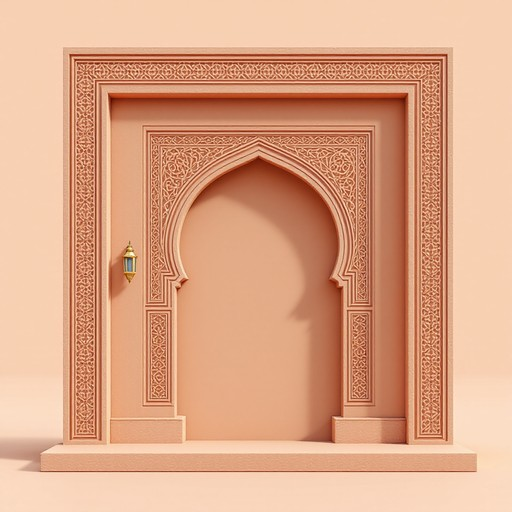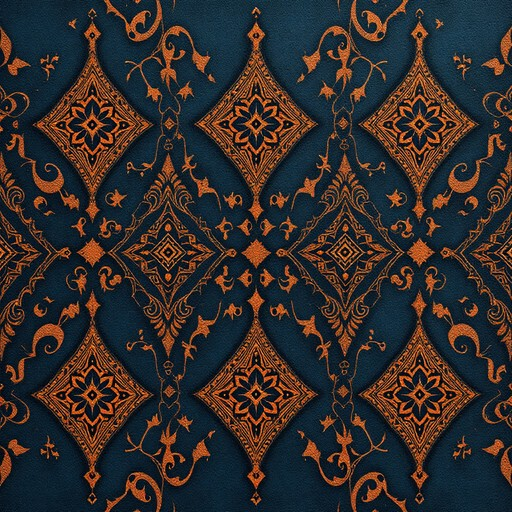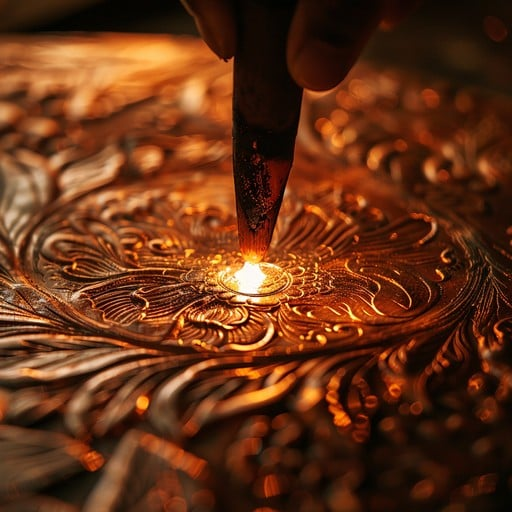- Published on
The Art of Traditional Moroccan Brass and Copper Working A Testament to the Country s Rich Cultural Heritage
- Authors

- Name
- Adil ABBADI
Introduction
Morocco, a country steeped in history and cultural diversity, is renowned for its exquisite traditional crafts, and one of the most striking and enduring is the art of brass and copper working. For centuries, Moroccan artisans have mastered the techniques of shaping and adorning these metals, creating intricate and beautiful pieces that have become an integral part of the country's rich cultural heritage. In this article, we'll embark on a journey to explore the history, significance, and modern relevance of traditional Moroccan brass and copper working.

- Cultural Context
- Traditional Significance
- Modern Relevance
- Cultural Preservation
- Conclusion
- Cultural Call-to-Action
Cultural Context
The art of brass and copper working in Morocco dates back to the medieval period, when the country was a major hub for trade and cultural exchange between Europe, Africa, and the Middle East. During this time, Moroccan craftsmen developed a unique style that blended Islamic, Arab, and Berber influences, giving rise to a distinctive aesthetic that is still characteristic of Moroccan metalwork today. The city of Fez, in particular, was a major center for metalworking, with artisans creating intricate pieces for the royal courts and wealthy merchants.
Traditional Significance
Brass and copper working played a significant role in Moroccan daily life, with artisans creating functional items such as cooking utensils, lanterns, and decorative pieces for the home. These items were often adorned with intricate geometric patterns, Arabic calligraphy, and other decorative elements, making them not only functional but also beautiful works of art. The craft was also imbued with spiritual significance, as many artisans believed that the process of shaping and adorning metal was a way of connecting with the divine.

Modern Relevance
Despite the advent of modern manufacturing techniques, traditional Moroccan brass and copper working continues to thrive, with many artisans adapting their skills to create contemporary pieces that blend traditional techniques with modern designs. This fusion of old and new has resulted in a vibrant and dynamic craft that appeals to a wide range of audiences. From trendy home decor to bespoke jewelry, Moroccan brass and copper working is experiencing a resurgence in popularity, with designers and collectors alike drawn to its unique aesthetic and cultural significance.
Cultural Preservation
Efforts to preserve and promote traditional Moroccan brass and copper working are underway, with organizations such as the Moroccan Ministry of Crafts and the World Crafts Council working to support artisans and preserve the craft's cultural heritage. Initiatives such as apprenticeship programs, workshops, and exhibitions are helping to ensure the continuation of this ancient craft, while also raising awareness about its importance and relevance in modern times.

Conclusion
The art of traditional Moroccan brass and copper working is a testament to the country's rich cultural heritage, showcasing the skills, creativity, and dedication of its artisans. As we move forward in an increasingly globalized world, it is essential that we preserve and promote this ancient craft, not only to honor the past but also to inspire future generations. By embracing and celebrating this unique aspect of Moroccan culture, we can foster greater understanding and appreciation for the country's rich cultural diversity.
Cultural Call-to-Action
As we conclude this journey into the world of traditional Moroccan brass and copper working, we invite you to explore and appreciate this fascinating craft. Visit Morocco's bustling souks and markets, where you can discover artisans at work, creating intricate pieces that will leave you in awe. Support local artisans and organizations working to preserve this ancient craft, and consider adding a touch of Moroccan elegance to your home or wardrobe. By doing so, you will not only be acquiring a beautiful piece of craftsmanship but also contributing to the preservation of a cultural heritage that is truly unique and precious.
